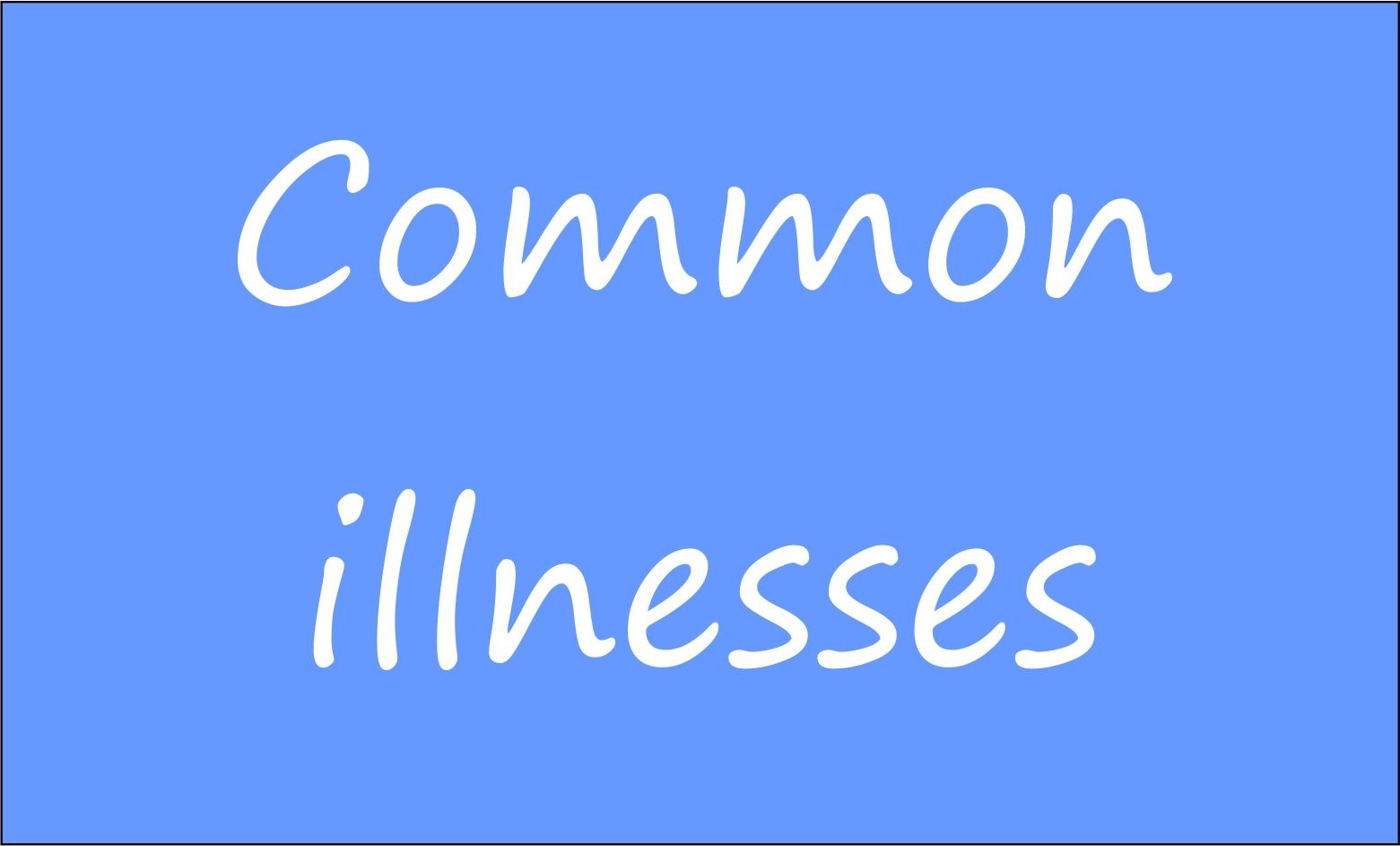 Symptoms of Illness can be subtle in birds. Things to look out for include; a change in colour or consistency of droppings, sleeping more, changes to the voice or not talking/singing, breathing heavily or any abnormal noises when breathing e.g clicking or wheezing, decreased appetite, changes to thirst, vomiting or regurgitating.
Symptoms of Illness can be subtle in birds. Things to look out for include; a change in colour or consistency of droppings, sleeping more, changes to the voice or not talking/singing, breathing heavily or any abnormal noises when breathing e.g clicking or wheezing, decreased appetite, changes to thirst, vomiting or regurgitating.
At the Parrots Trust Scotland, we recommend disease testing for all types of parrots. Some birds can be infected but show no symptoms of disease. Certain diseases spread easily and are difficult or impossible to treat. Please speak to your avian vet if your parrot has any symptoms of disease or you would like to discuss testing.
Psittacine Beak and Feather Disease Virus (PBFD)
PBFD is an important infectious disease seen in parrots. It is caused by a small Circovirus and is transmitted by direct contact between birds. It can also be spread by contamination of objects such as clothing, food bowls and perches. The virus is found in faeces and feather dander. It is very hardy and difficult to remove effectively from the environment. All parrots are at risk, but some birds seem to be more susceptible including African Greys, Cockatoos, Lovebirds and Budgies. In some birds the virus causes abnormal or loss of feathers and abnormal beak growth, in other birds the virus causes no external symptoms but causes immunosuppression and affects internal organs. Unfortunately there is no cure for PBFD. PBFD makes the parrot more susceptible to infections it would normally be able to fight off and can quickly be fatal, although some birds can live for a while after diagnosis. We recommend testing any new bird for PBFD prior to introducing them to an existing collection of birds. This test is done on a blood sample that can be performed by your avian vet.
Chlamydia (Psittacosis)
Chlamydiosis is an infectious disease caused by the intracellular bacteria Chlamydia Psittaci. It can affect parrots as well as other species of birds including finches, canaries, birds of prey, turkeys ducks and chickens. This organism can be shed intermittently in the stools as well as discharge from the eyes and nose. Some parrots may not show symptoms and appear outwardly healthy. The symptoms in birds include greenish diarrhea, weight loss, conjunctivitis, respiratory problems, lethargy. It is possible for people to develop this infection so it is important to test all new birds for this prior to introducing them to a house or aviary. Symptoms of psittacosis in people includes; cough, fever, sore throat, vomiting and diarrhoea. Screening is particularly important in households with people who may be more susceptible to infection including very old or young, pregnant women, people undergoing chemotherapy treatment. Testing can be performed on a pooled faecal sample (over three days) or a blood test. Several tests may be required to diagnose the infection. Chlamydiosis treatment is possible but includes a long treatment course with an appropriate antibiotic such as doxycycline.
Polyoma Virus
Avian polyoma virus usually affects young parrots and has been reported in a wide variety of species. Budgies, conures, macaws and lovebirds are commonly affected. In baby budgies the virus may cause high death rates as well as abnormal feather growth. Budgies may lose their primary wing and tail feathers but the rest may remain normal. In older parrots symptoms may include delayed emptying of the crop, weakness, sudden death. Polyoma virus can be diagnosed via blood samples or swabs of the cloaca or mouth. Unfortunately there is no treatment available. Some birds can clear the virus effectively but some may continue to shed the virus whilst not showing symptoms.
Bornavirus (PDD)
Avian bornavirus has been shown to be a cause of proventricular dilatation disease in parrots, which used to be known as ‘Macaw wasting syndrome’. The virus has been identified in many different species of birds. The virus is intermittently shed in droppings and transmitted by direct contact or faecal-oral route. Clinical symptoms occur as the virus progressively destroys nerves which supply the proventriculus, ventriculus and intestines. Symptoms may include weight loss, crop stasis, undigested seeds in faeces, regurgitation. Radiographs of the parrot can be used to diagnose proventricular dilatation disease and blood tests can be used to screen for Bornavirus infection. Unfortunately there is no curative treatment but the disease can be managed with anti-inflammatory medications and specialized diet.
Metal toxicity
Heavy metals can be found throughout our homes and toxicity is a fairly common ailment in our companion birds. Ingestion of lead or zinc can occur when a bird chews on toys, cages or jewellery made of these metals. Fortunately, the vast majority of birds can be saved with proper treatment.
Find out more on Birdtricks online in the link below giving you common signs and the metals that are toxic to your birds
https://birdtricksstore.com/blogs/birdtricks-blog/heavy-metal-toxicity-in-parrots
Never clip your bird’s wings
Wing clipping can cause psychological distress, encourages feather plucking due to irritation and can result in injuries from falls. Flying provides good stimulation and exercise for your bird.
Insurance
Whether you own one or more, your parrots are an important part of your life. Insurance can be an important way of being prepared for any situation, should your bird become ill suddenly, vet bills can often quickly escalate. We recommend Exotic Direct Pet Insurance – https://www.exoticdirect.co.uk/
